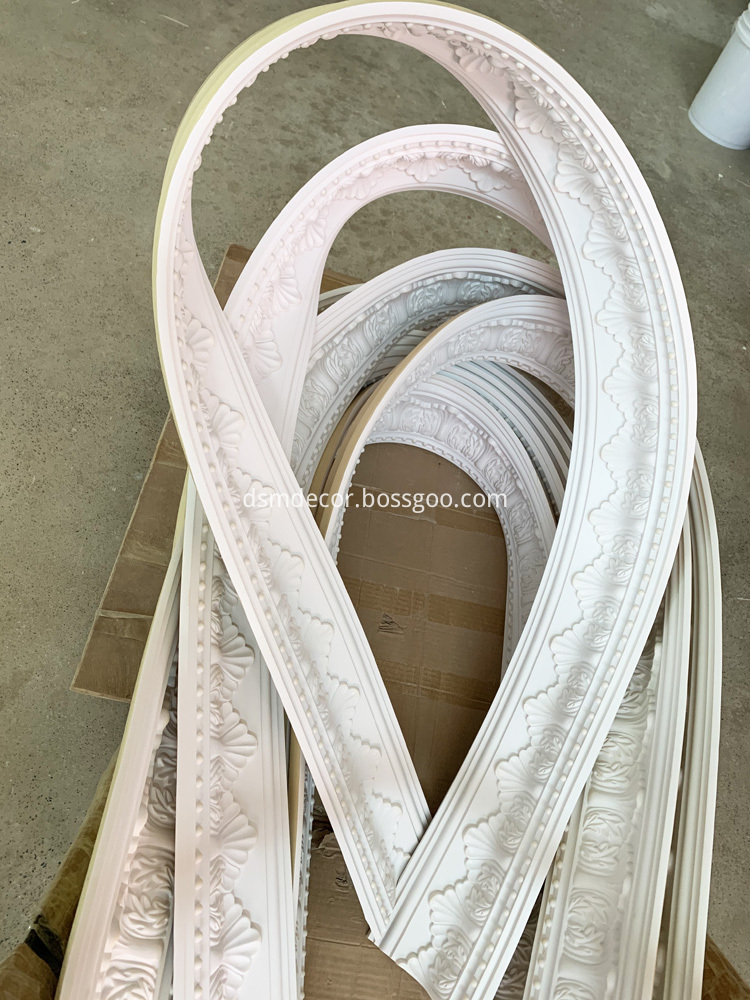Since the State issued the Notice on Reforming the Mechanism of Fertilizer Price Formation in 2009, marking the beginning of marketization for chemical fertilizers, the industry has continued to operate within a non-market environment. Despite this shift, various preferential policies remain in place, such as railway transportation subsidies, electricity price discounts, gas price advantages, tax incentives, and export tariff restrictions. These measures have contributed to overcapacity across the sector. For instance, by 2012, national ammonia production capacity reached 67.3 million tons, while urea production capacity (by volume) hit 71.3 million tons, with an excess of over 18 million tons. Phosphate fertilizer production capacity (in recovered form) stood at 23.6 million tons, with a surplus of 10 million tons.
It is essential to address overcapacity in the fertilizer industry with caution, as it directly affects the national economy and people's livelihoods. Unlike other industries, the fertilizer sector plays a critical role in food security and agricultural sustainability. Therefore, solutions must be carefully designed to ensure stability while promoting long-term efficiency.
One approach is to establish a platform for declaring the withdrawal of outdated production capacity, encouraging "active exit." Many chemical fertilizer plants are idle or barely operational but lack the ability or incentive to declare their closure. A government-led platform, combined with policy support, could help accelerate the elimination of inefficient facilities and stabilize the market.
Another key step is to create an exit compensation mechanism to promote a "smooth exit." Many aging enterprises are no longer competitive, and their closure requires careful planning to manage workforce reassignment and social impacts. Compensation could be provided through government repurchase schemes or market-based mechanisms, such as allowing new capacity to purchase the withdrawn capacity index. This would help reduce resistance and ensure a more orderly transition.
Conducting industry inspections and business diagnostics is also crucial for enforcing "clear and exit" policies. By using industrial access standards, energy efficiency, safety, and environmental protection as benchmarks, authorities can identify and eliminate unqualified production capacities. Companies that fail to meet these requirements after rectification should be forced to exit.
Optimizing the layout of productive forces and adjusting industrial structures can further support the process of "transition, concentration, and exit." Given China’s reliance on coal for nitrogen fertilizer production, moving some facilities to western regions with abundant coal resources is a natural trend. As coal prices rise and competition intensifies, companies that fail to adapt may struggle to survive. Those that do not plan ahead risk being left behind.
Finally, optimizing product structure and pursuing "transformation and exit" is vital for the future. The traditional focus on "equal nutrient equivalency" is shifting toward considering nutrient form, scientific combinations, and advanced additives. Innovations like controlled-release, soluble, and liquid fertilizers offer promising opportunities. Meanwhile, traditional products like ammonium bicarbonate may need to be re-evaluated. Eastern-based companies can explore high-value-added organic materials, while others pursue differentiated development strategies. Those unable to adapt will eventually be phased out.
Flexible Mouldings
We produce a large number of PU Flexible Mouldings, panel moldings, these types(Flexible Carved Crown Moldings,Carved Panel Mouldings,Flat Crown Moulding,Pu Flexible Mouldings,Flexible moldings) are available in a flexible variant, due to their flexibility, curved walls and ceilings can be finished elegantly. Flexible Mouldings are also paintable.
You may match Foam Flexible Mouldings with circles, mouldings, irregular shapes to decorate your walls and ceilings.

Advantages:
1. Elegant European style.
2. Many models to choose from.
3. Suitable for both DIY and construction projects.
4. Superior to Gypsum moldings.
5. Light weight, easy to transport and install.
6. Elaborate patterns.
7. Better flexibility.
8. Labor efficient.

Flexible Mouldings,Flexible Carved Crown Moldings,Flexible Carved Panel Mouldings,Flexible Crown Moulding,Flexible Cornice Mouldings,Soft Mouldings
Suntronic New Materials Technology Co., Ltd. , https://www.dsmdecor.com

